Rubber mats under swings
I find it very odd, and I suspect that you do too, that after more than two decades of allegedly improving playground safety through mandated standards we have essentially the same annual number of accidents. How can that be?
Certainly, some of the standards, such as those for head entrapment and entanglement, will have prevented some injuries, but the types of accidents for which these were developed were always rare. The vast majority, some 85%, of injuries comes from falls. Nowadays virtually every playground has some form of safety surfacing, so if this mandate was effective, then we should see a significant improvement in accident rates, but we don’t.
There is a simple reason why: rubber surfacing increases injuries. How can this be so?
1. Rubber safety surfaces do not provide sufficient attenuation.
Engineered wood fiber (EWF) provides more than twice the fall attenuation of even the best mat systems. To my knowledge, we do not have an analysis of fall accidents that tells us what type of surfacing was in place. Given the cost of surfacing and the importance of child safety, not having such basic information is just plain appalling.
2. Rubber safety surfaces create rebound injuries.
Because of the way in which rubber deforms and then bounces back, the brain hits the inside of the skull first on the down stroke and then on the rebound. Neurosurgeons tell us that the rebound damage is often much worse than the initial impact. EWF significantly increases the number of time impacts are absorbed and have negligible rebound.
3. Rubber safety surfaces create long bone injuries.
It has long been known in the playground surfacing industry that the fall attenuation standards do not address broken arms and legs. The assumption is that if the worst-case situation, head trauma, is taken care of, that other less critical injuries will also be ameliorated. Clearly, this is not the case. Again without a statistical analysis comparing rates of injuries by material type, it is difficult to be conclusive, but it appears that both in better fall attenuation plus the ability to prolong impact forces gives EWF a distinct advantage.
The best study I have seen in this area is: Impact attenuation – The case for natural materials. This is a pretty tough read but is well researched and supports the positions presented here.
The logical conclusion is that any improvement in safety that EWF has been able to provide is negated by the injuries that rubber surfaces introduce.
Without well-done accident and injury data we don’t know this for a proven fact, but the trends are very suggestive. Until proper science can be applied to this critical question I call for a moratorium on the use of rubber playground surfacing except in those areas where EWF becomes displaced with use, such as the bottom of swings, and for accessible routes of travel to transfer stations.
Photo: Everlast Rubber Mulch



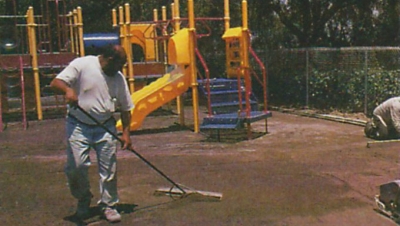
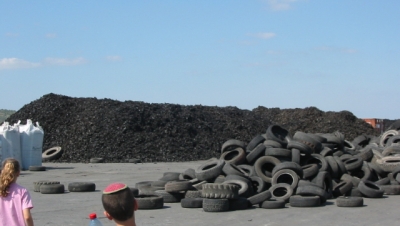
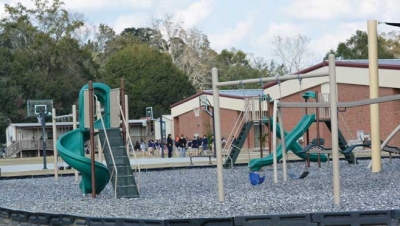

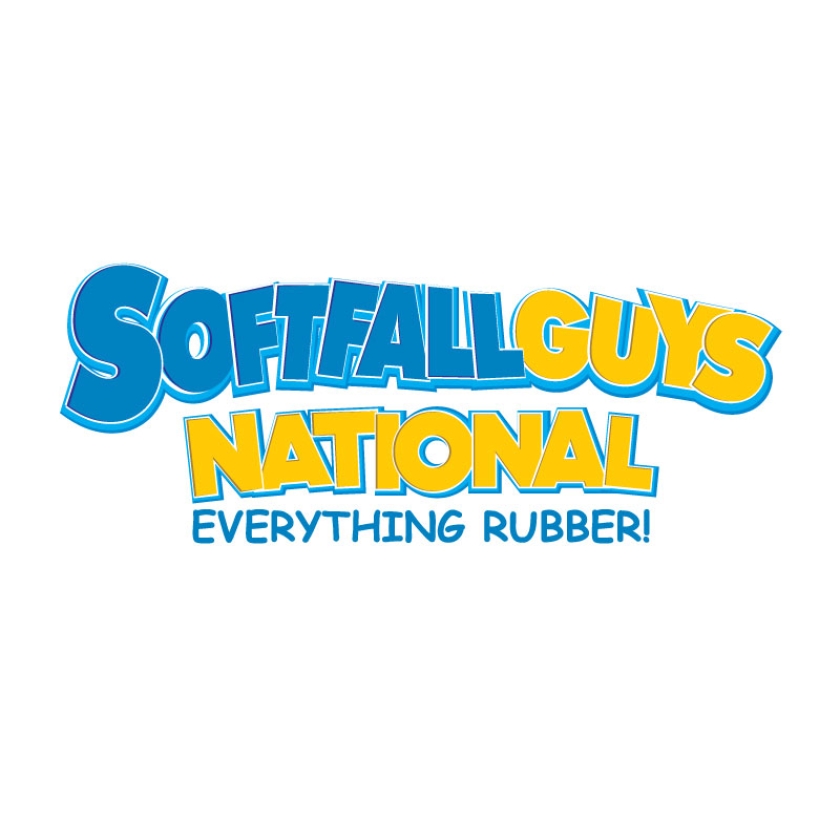




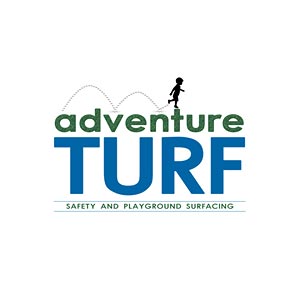


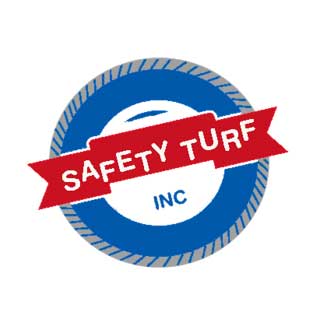
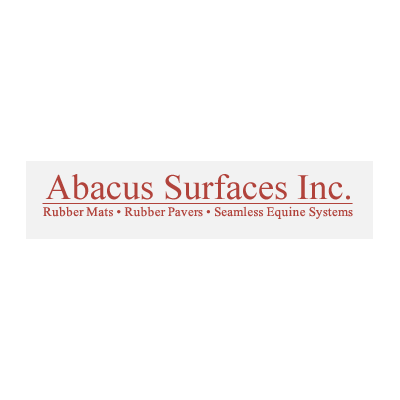



I am a teacher. Every fall
I am a teacher. Every fall we have ends in a wavy arm break. I have seen so many over the years on the rubber mulch covering for playgrounds. My husband, who is a paramedic of 25 years, said a fall on concrete gives a cleaner break than the rubber matting.
You can find other articles
You can find other articles on rubber mulch surfacing on our website. Each article has an author profile which may give you links where to reach those authors.
Thanks!
Sara (editor)
I'm researching this option
I'm researching this option to take to our neighborhood committee and would appreciate any links or reference materials you could provide for further statistics on injury rates.
Unfortunately in my area we are experiencing an increase in drug addicts (as in many parts of the US sadly)
Just yesterday a 3 year old boy was injured by a heroin needle (that still had heroin in it!) that was hiding in the wood mulch at the park down the street from my home.
I'm pretty terrified to take my child to that park now. The junkies have become brazen and have no regard even for our youngest community members :(
Think I'd rather take my chances with a broken bone than potentially being stuck by a junkie needle.
Thanks for your article.
Thanks for your article. Curious if anyone has looked into any additional injuries resulting from the surfaces used? I actually broke my ankle Sunday (lateral malleolus fracture, of the fibula) as my rubber soled shoe 'caught' on the rubber mat while on a swing. Stopped my foot solid, and snapped my ankle. Yes, seriously.
Seems like in the good old days of dirt and rocks, there'd be less sticking.
Rubbery stats.
We have long anecdotally known this to be the case, and so it is good to see the arguments being drawn up at last to challenge this expensive and ineffectual 'safety' Leviathan.